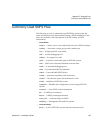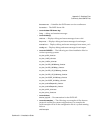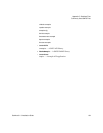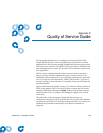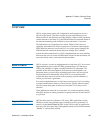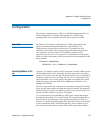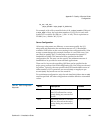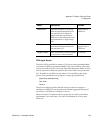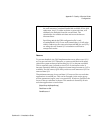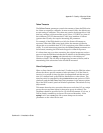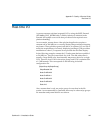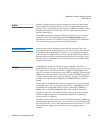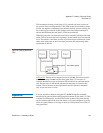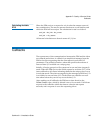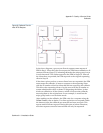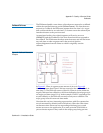
Appendix D Quality of Service Guide
Configuration
StorNext 3.1.3 Installation Guide 140
Reserve 4
To prevent deadlock, the QOS implementation never allows zero I/O/
sec for non-real-time I/O. Otherwise, a system could block with many
critical file system resources held waiting for I/O to become available.
This is especially true via flush-on-close I/O via the buffer cache. It
becomes extremely difficult to diagnose system hangs because no I/O is
available. For this reason, QOS always reserves some amount of I/O for
non-real-time I/O.
The minimum amount of non-real-time I/O reserved for non-real-time
applications is one MB/sec. This can be changed via the stripe group
section parameters (again, case is not sensitive). If both are specified, the
lower of the two amounts is chosen. This amount is shared by all non-
real-time applications on each client.
[StripeGroup MyStripeGroup]
RtiosReserve 256
RtmbReserve 2
Note: It is important to realize that the rtios and rtmb settings refer to
the total amount of sustained bandwidth available on the disk
subsystem. Any I/O, either real-time or non-real-time, will
ultimately be deducted from this overall limit. The
calculations of available real-time and non-real-time are
discussed later.
Specifying rtmb in the FSM configuration file is only
recommended if all I/Os are well formed (that is, a full stripe
width). Otherwise, the conversion between MB/sec and I/Os/
sec using the well-formed I/O calculation could lead to
unexpected results.



